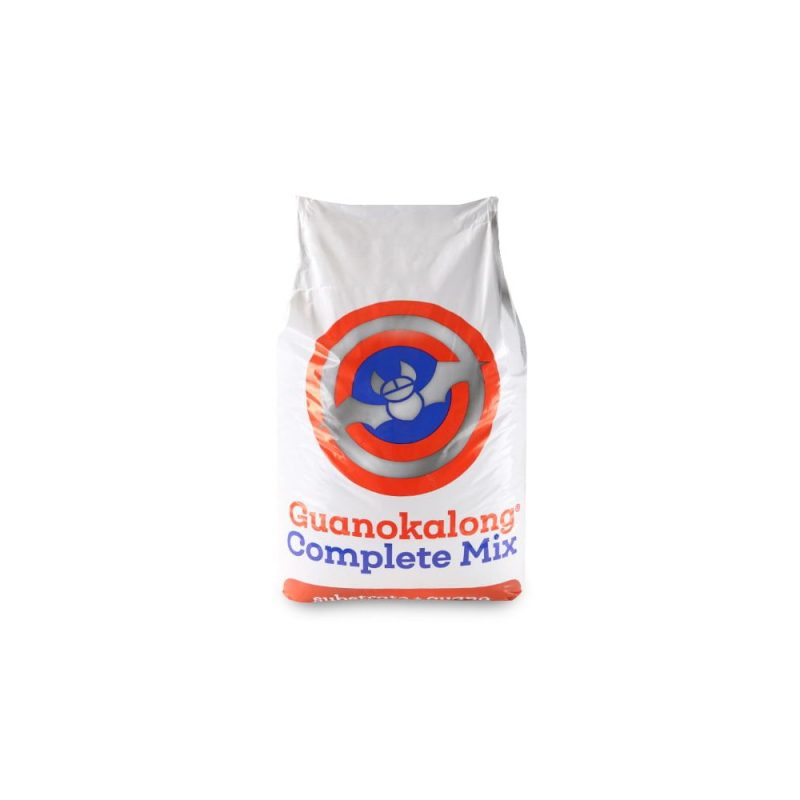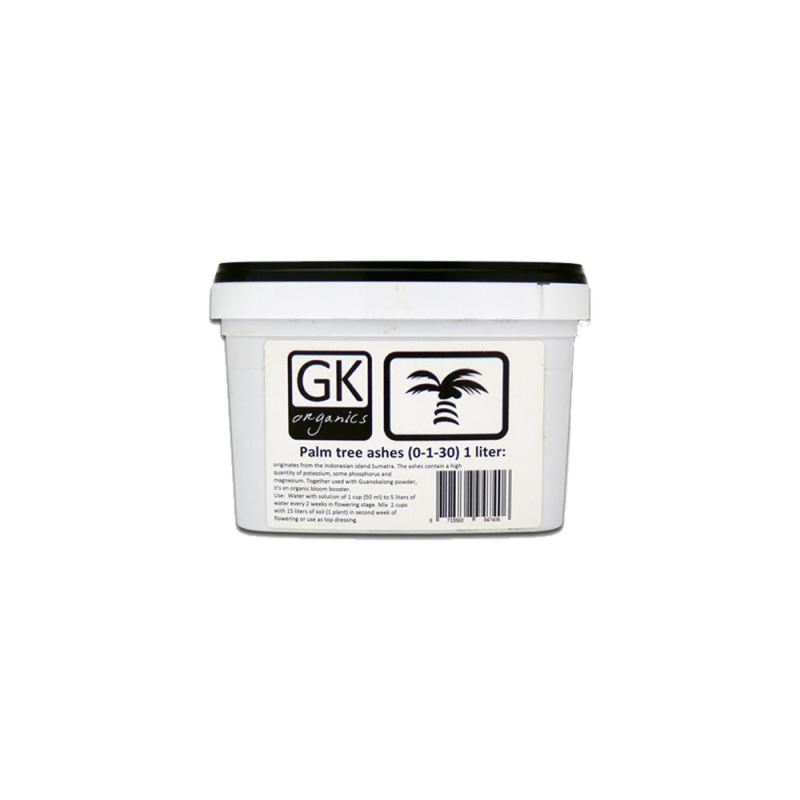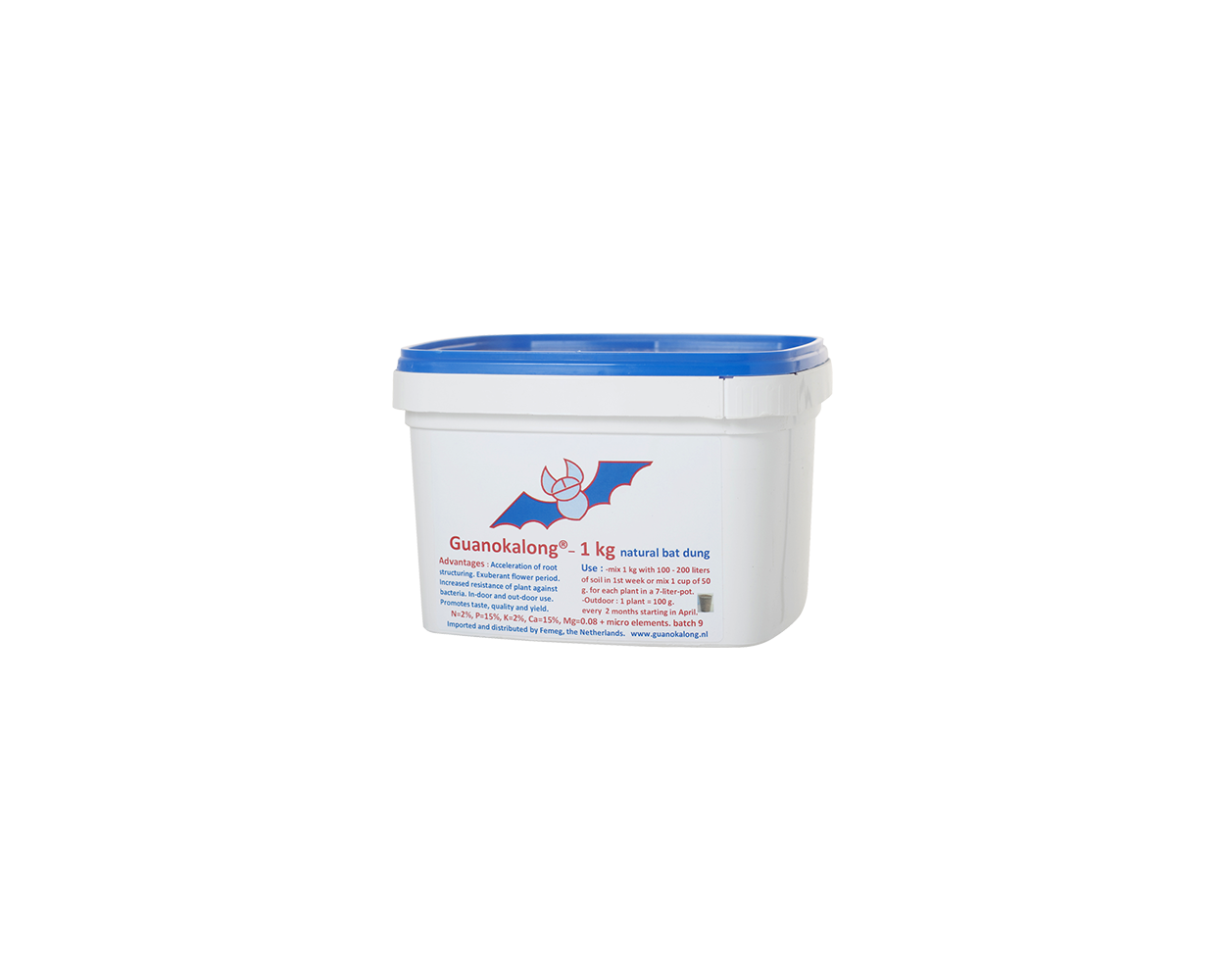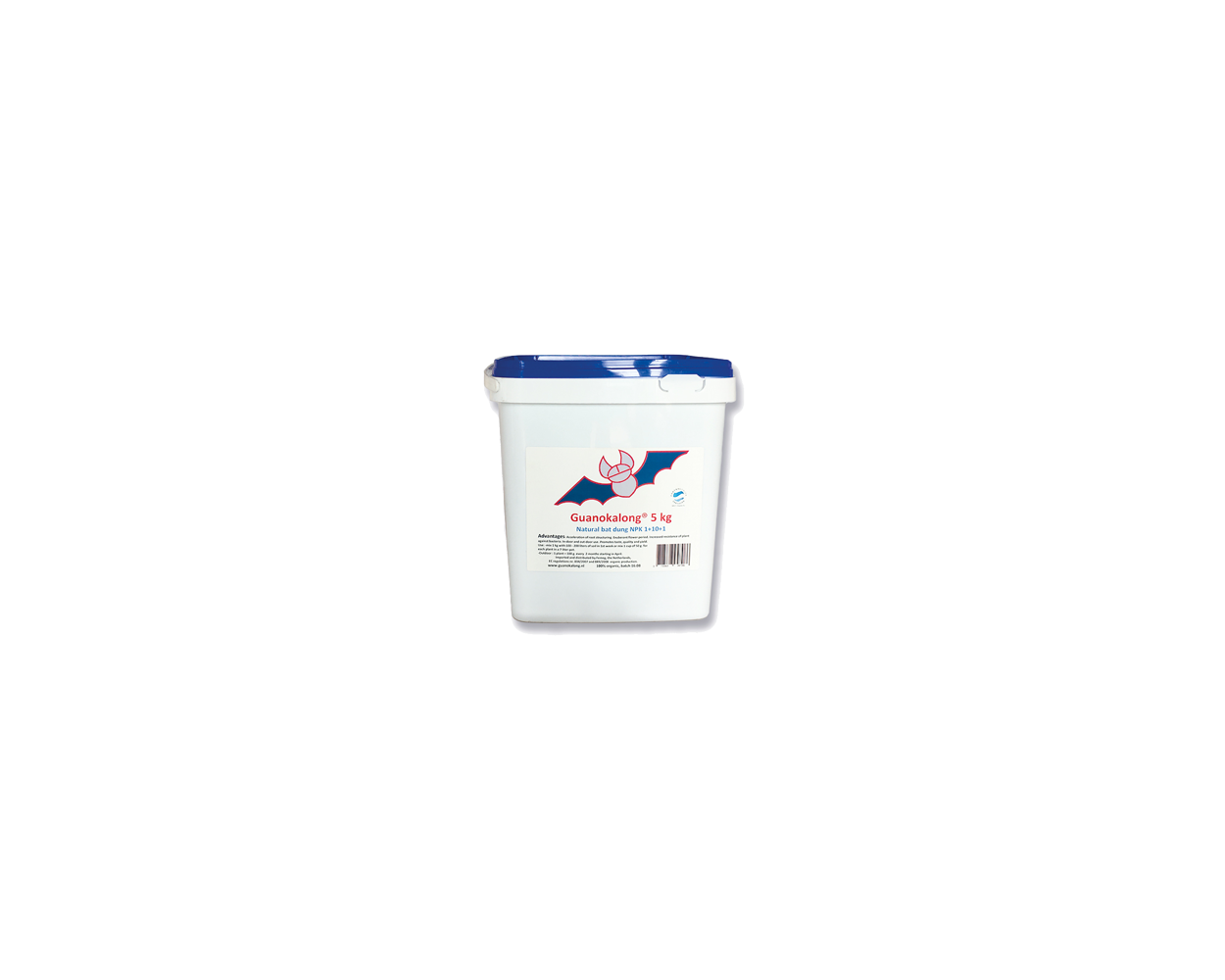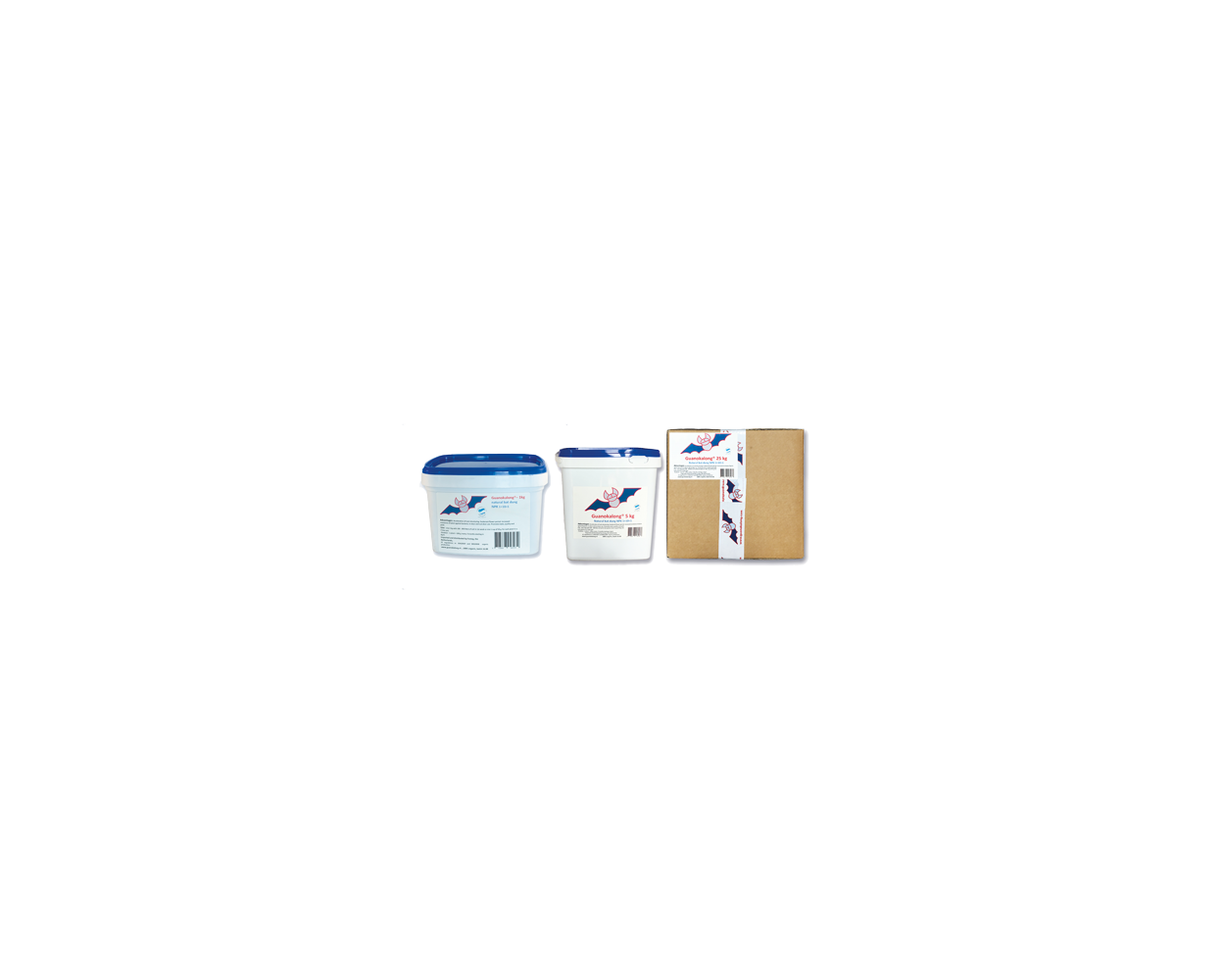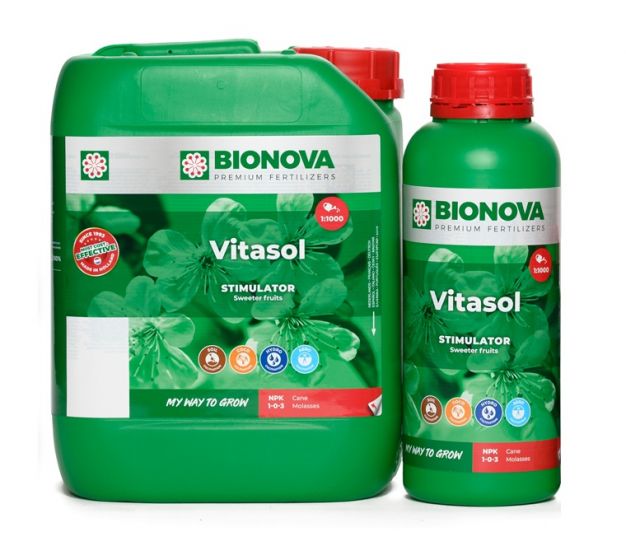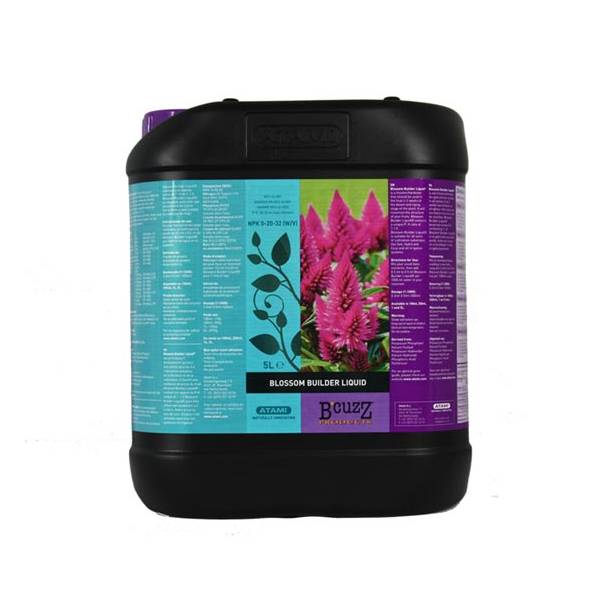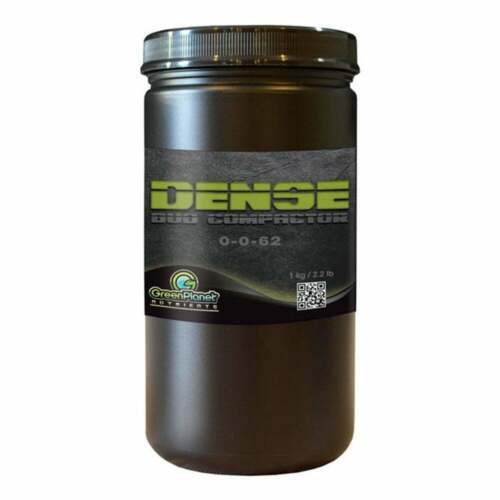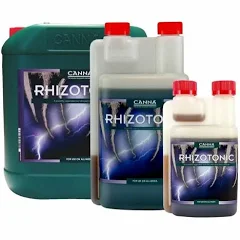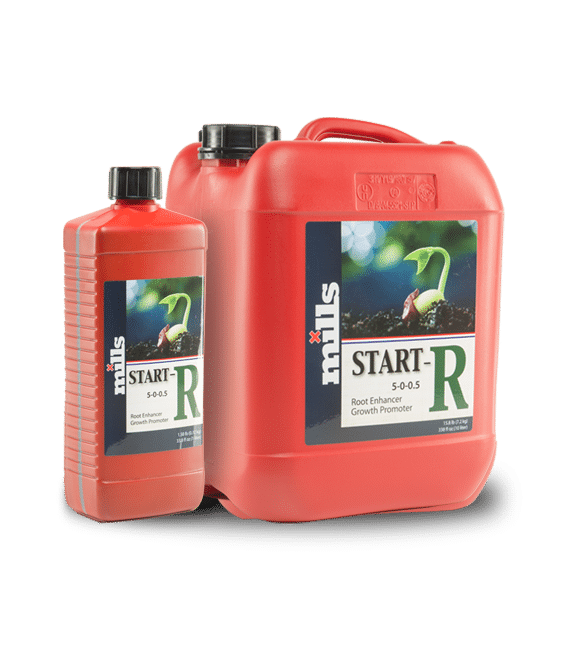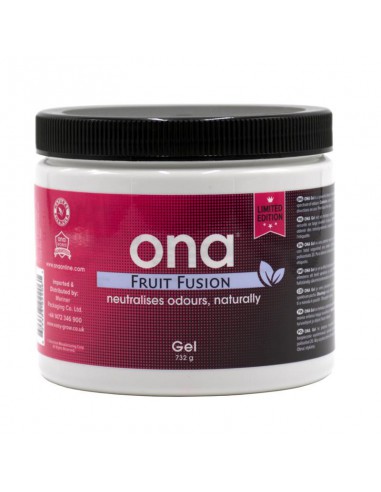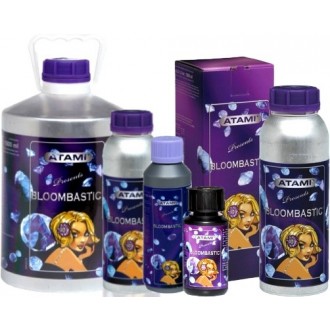Description
Phosphorous is not only good for flowering, but even better for rooting. That’s why Guanokalong powder needs to be mixed with the soil or coco as soon as possible as it works throughout the growth cycle. Guanokalong only gradually releases its minerals, thanks to which burning the plant’s roots is all but impossible. The unique enzymes and the high calcium/magnesium-concentration of Guanokalong stimulate the micro life in the substrate. The microbial life in the soil aids the plant to absorb the minerals in Guanokalong. This is a natural process that takes place from week 1 until week 12 depending on the quantity of organic fertilizers being present in the substrate. More mineral fertilizers in the substrate slow down these microbial activities, whereas more organic fertilizers increase this micro-life. This makes organic gardening a little bit harder to control.
Since Guanokalong is an all natural product, the NPK values may vary from batch to batch. However, NPK 1+10+1 is the minimum guaranteed analysis. Guanokalong is not mixed with other fertilizers in order to guarantee a specific NPK % on the label. In this way, Guanokalong® can always be used with the same quantity without taking the risk of burning your plants
Owing to its organic origin Guanokalong is not a complete fertilizer. Extra Nitrogen or Potassium can be added separately. Nitrogen (Kalong grow or fishmeal) during the vegetative stage and Potassium (Kalong bloom or palm tree ashes) during the flowering stage.
How To Use:
-
- Mix 1 kg with 100 – 200 liters of soil in 1st week or mix 1 cup of 50 gr. for each plant in a 7-liter-pot.
- Outdoor : 1 plant = 100 gr. every 2 months starting in April.
- Powder = quick controlled release.
Guanokalong Growing Schedule
Mix 50g Guanokalong powder per plant in 7 liers of soil/coco or use Guanokalong Complete Mix Soil + Guano
| Week | Kalong Grow | Kalong Bloom | Extract Taste Improver (Option) |
|---|---|---|---|
| 18 Hour | |||
| 1 ml/l | 10 ml/l | ||
| 12 Hour | |||
| 1 | 2 ml/l | 1 ml/l | 10 ml/l |
| 2 | 2 ml/l | 1 ml/l | 10 ml/l |
| 3 | 2 ml/l | 2 ml/l | 10 ml/l |
| 4 | 2 ml/l | 10 ml/l | |
| 5 | 2 ml/l | 10 ml/l | |
| 6 | 2 ml/l | 10 ml/l | |
| 7 | 2 ml/l | 10 ml/l | |
| 8 | 2 ml/l | 10 ml/l | |
| 9 | 2 ml/l | 10 ml/l | |
| 10 | 2 ml/l | 10 ml/l |
